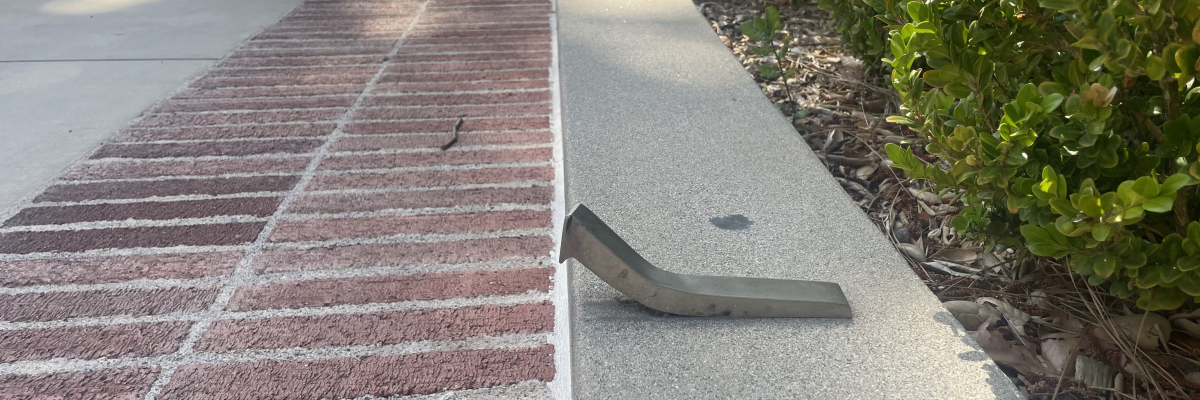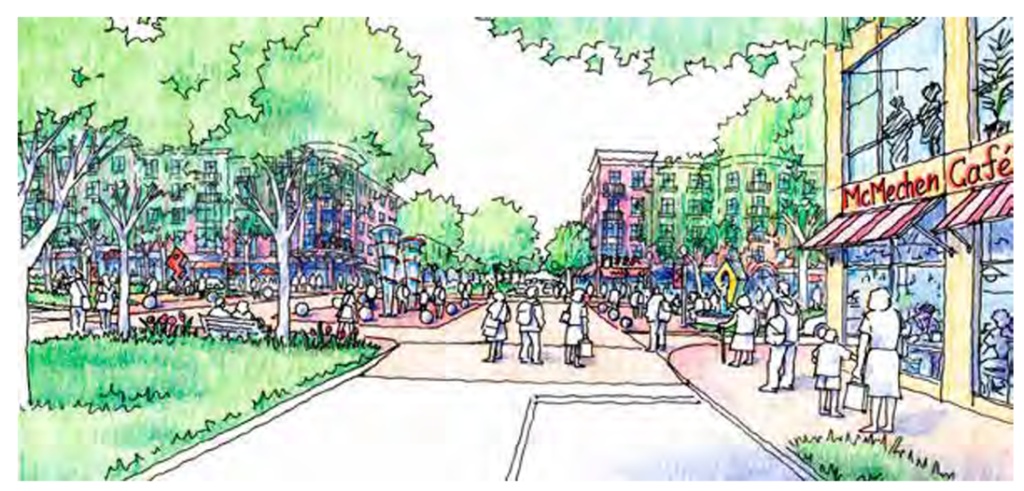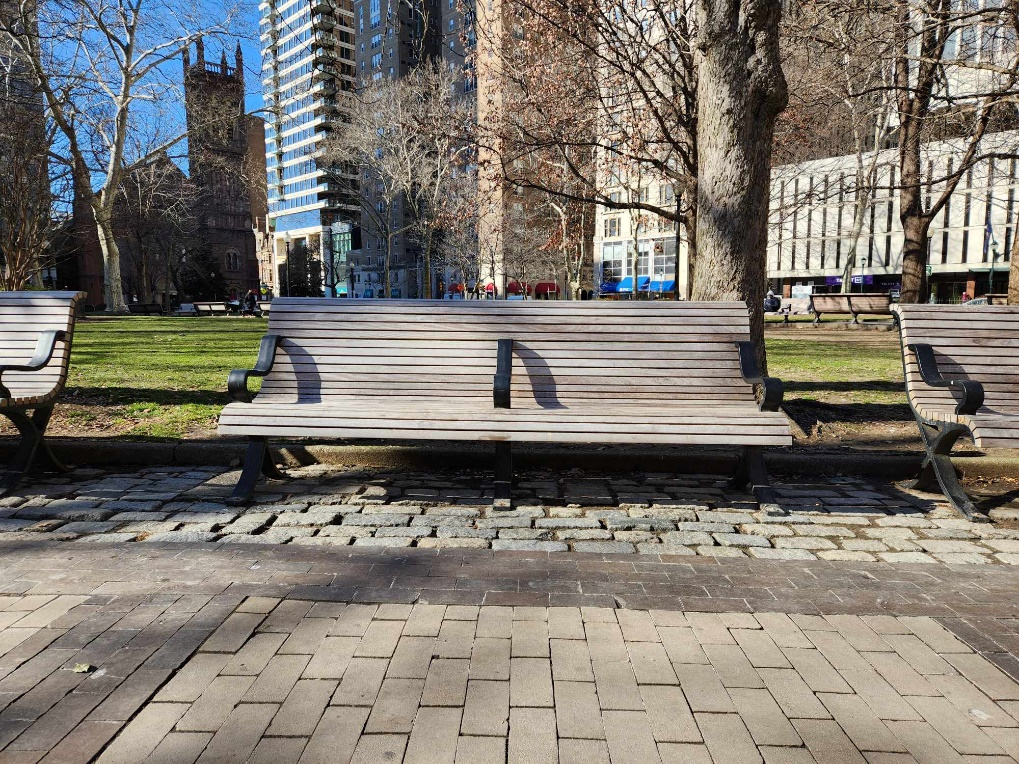City Know-hows

Target audience
Campus and university ground managers and designers, landscape architects, urban designers
The problem
Public universities promote diversity and inclusion and provide public spaces to accommodate social, political, and physical activities. Skateboarding, a popular form of active transportation and recreation, is disproportionately targeted for exclusion through hostile architecture and policing. While studies have catalogued anti-skate architecture in cities and surveyed college skateboarders to find out why it is a popular mode of transportation, little is known about hostile designs and their public health impacts on skateboarding on public campuses.
What we did and why
To address this issue, we conducted an autoethnography and photographic cataloguing across three campus settings in the US, UK, and Australia. These two methods helped us overcome international inter-campus ethics protocols. More importantly, we compared personal accounts and photographs through a framework of affordances and multistabilities. We then reflected on the physical activity impacts of hostile designs and our experiences to reimagine campuses as skate-friendly spaces through urban design policy recommendations.
Our study’s contribution
A comparative case study of hostile designs in three countries. We show:
Photographic evidence of the impacts of hostile designs on active transportation and recreation for skateboarding
Collaborative autoethnographic accounts of different positionalities that demonstrate how skateboarding is affected by architecture and security
Qualitative research and theorization of what hostile designs are and how they impact certain groups, physical activity, and inclusive
Urban design and planning policy recommendations for more skate-friendly (active transportation and recreation) campuses that support healthy lifestyles
Impacts for city policy and practice
Hostile designs work with broader processes of privatization and policing to create non-inclusive and non-diverse public campus spaces. Across campuses, they disproportionately target one form of active transportation and recreation: skateboarding – while adversely affecting other students’ abilities to sit and rest comfortably.
Universities should redesign their strategies by including college skateboarders into their participatory processes and public space planning and design outcomes. Drawing on other examples from skate-friendly spaces; campuses can be less hostile, more inclusive and diverse, and encourage creative forms of physical activity.
Further information
The Skatepark Project, https://skatepark.org/
College Skateboarding, https://www.collegeskateboarding.com/
Skateboard Great Britain, https://skateboardgb.org/
We Skate Queensland, https://weskateqld.wordpress.com/
Save The West LA Courthouse Skate Spot, https://www.instagram.com/savecourthouse/
Long Live Southbank, https://www.instagram.com/longlivesouthbank/?hl=en
Skate Nottingham, https://www.skatenottingham.co.uk/
Full research article:
The impacts of hostile designs on skateboarding as a form of active transportation and recreation: comparing perspectives from public university spaces in Australia, the United Kingdom, and the United States by Christopher Giamarino, Paul O’Connor & Indigo Willing
Related posts

The world is currently responding to the climate crisis and the nature crisis as if they were separate challenges. This is a dangerous mistake. The are leading to dire impacts for our health

Despite historic disinvestment and stigmatizing portrayals of public housing, residents often describe their place as a source of refuge. We explored the ways residents of a predominately Black public housing complex undergoing redevelopment construct meanings of place, emphasizing their place-making efforts to challenge their social marginalization and foster community health.

Death remains an ever-present threat to the unhoused community. Hostile architecture designs like benches with middle armrests or spikes along ledges likely contribute to the massive health disparities homeless individuals face. It’s time to design something new.